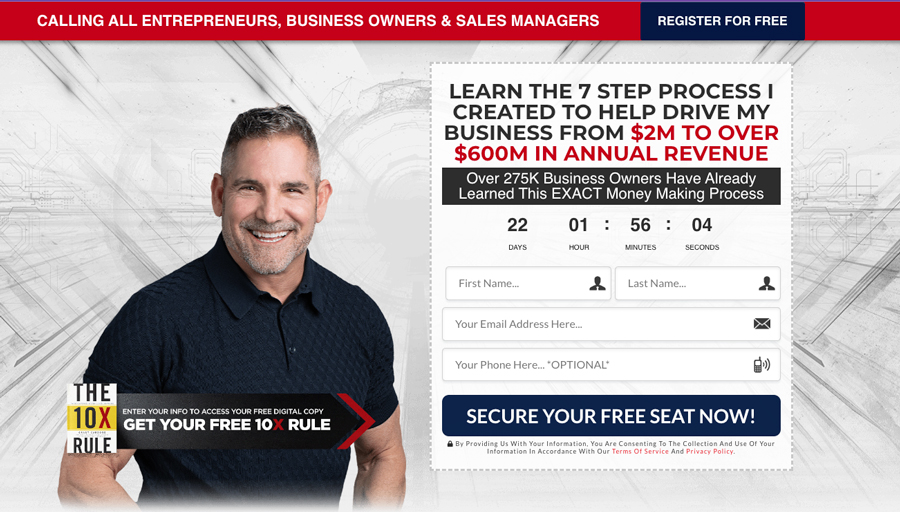What motivates the stakeholders?
Why are people interacting with this service? Why are people doing what they’re doing at every point in a service? And how do everyone’s actions affect each other. These are the questions tools like Motivation Matrices try to solve. This tool helps you find gaps in interactions. If my boss tells me to check QA five times before delivery, but I don’t think it’s important, then that is going to cause a gap. Finding these gaps are necessary to fixing them.What do the owners of a service want from it?
Whether the owner of a service is an entrepreneur or a manager, there’s someone who believes in this service. There’s someone who thinks it is important. Get them to identify why they think it is important. What is the ultimate goal of a service? Selling? Customer service? Advertising? No one will believe in a service as much as the owners, so make sure they communicate their goals clearly.Why are the employees involved with this service?
Employees will have differing motivations. A special few will simply believe in the service or the company and will be genuinely working for the benefit of the company. Many will be involved because they like their job and enjoy doing what they’re doing. Most are involved because it’s a responsibility of work and work is how they earn money. Whatever their motivation is, you need to factor that into your planning and work towards moving employees from the third motivation to the first. Don’t have unrealistic expectations of why your employees are involved.Why are the customers using this service?
For customer-facing services, you have to focus on their wants and needs. Or else, what is the point of the service in the first place? It’s great if the owners think a service is necessary for sales. And it’s great if the employees really want to make the sale work. But if you’re customers don’t even want to buy what you’re selling? Well then you’ve wasted valuable time and money. Know what they want and design the service around that. Know your user’s ultimate goal and help them achieve it. Everyone has a reason and a goal for being involved in a service. Balance all of those and you’ll create success.Stakeholder Motivation Takeaways
- Stakeholders are anyone who interacts with a service, either by providing it or using it or benefiting from it.
- Stakeholders need to understand the value of the service in order for it to be effective.
- Make sure the owners of a service have a thorough strategy and defined goal with that service.
- Make sure the employees who provide a service understand the goal and why it is important.
- Make sure you have made it clear why a customer would use and need this service.


























